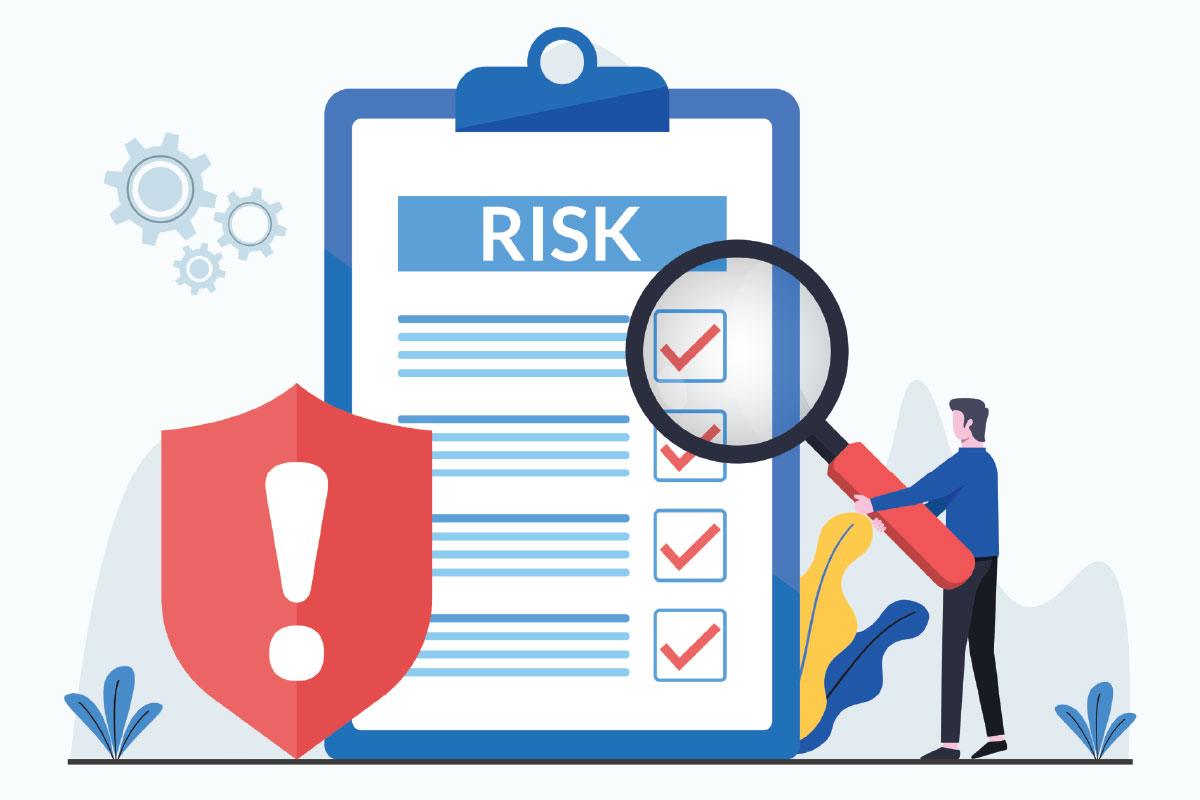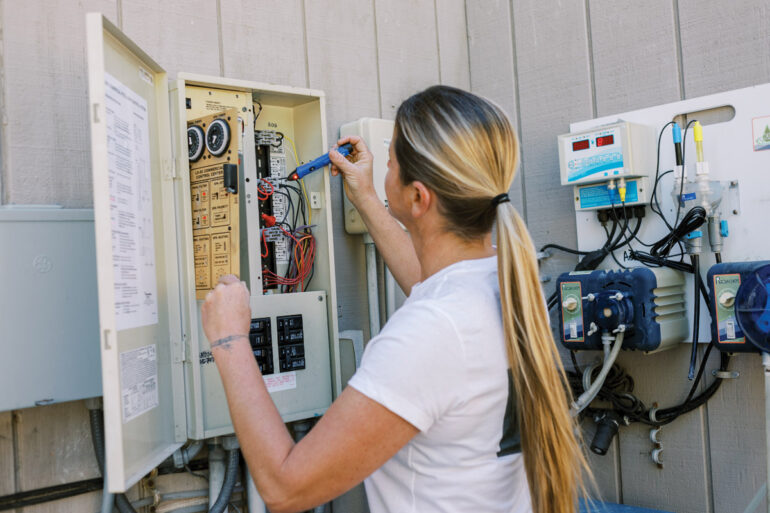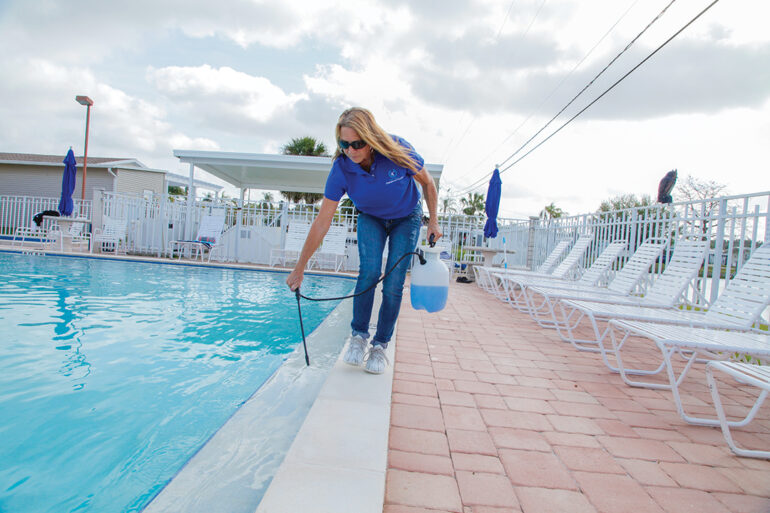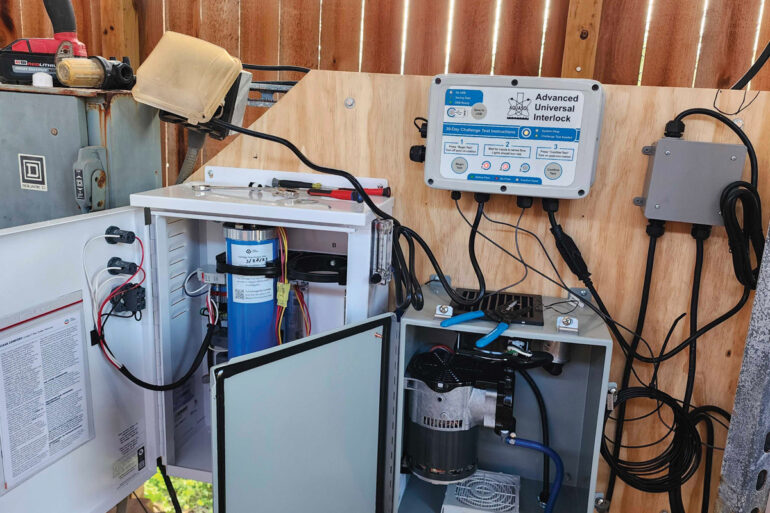Risk Management Documentation

Often procrastinated, proper risk management documentation is a facility’s first line of defense
When I teach Certified Pool Operator classes, students roll their eyes when we get to Chapter 15: Recordkeeping.
“I just don’t have the time; it’s just me,” is the response from many pool operators when I ask about policies, standard operating procedures and other forms of essential workplace documentation at their aquatic facility.
The other groans come during Chapter 14: Facility Safety. “I can’t control how people are going to use the swimming pool. I just get it ready to open,” is a common refrain.
While I understand where people are coming from, it is time for pool operators and service technicians to take responsibility and proactively manage risk at commercial aquatic facilities using documentation. In a previous article, I talked about getting at ease with legalese and learning the legal lingo to lessen liability. In this article, we will discuss specific actions like auditing signage and developing documentation.
It is time for pool operators and service technicians to take responsibility and proactively manage risk at commercial aquatic facilities using documentation.”
Katie Crysdale
Canada is rarely litigious when it comes to the swimming pool industry. That will come as a surprise to our neighbors in the U.S., but there have only been a handful of court cases about swimming pool injuries in commercial facilities. University of Regina v. Miranda Biletski was the most significant until a lawsuit was filed in Alberta in late 2022.
The family of Dumitru Serbulenco — a man who died on Dec. 12, 2020, as a result of repetitive breath-holding exercises at the Suncor Community Leisure Centre in Fort McMurray, Alberta — sued the Regional Recreation Corporation of Wood Buffalo (the municipality), claiming the operators of the pool failed to develop a policy concerning repetitive breath-holding exercises at the facility. This is an unfortunate repeat of an incident in Calgary, Alberta, in 2005 where a man died under similar conditions. The inquest found “no specific policy at [the facility] regarding practicing breath holding.”
These legal precedents need to be taken in the broader context of what happened to the commercial swimming pool industry during the pandemic. Facilities were closed, and operators were laid off. When facilities reopened, they were in a rush to do so with limited staff levels, limited training and no operational continuity, including absent documentation, from before the pandemic.
As a consultant, I have encountered numerous organizations ordered closed by a public health inspector in the last 18 months for not having adequate documentation regarding swimming pool regulations, workplace health and safety or other legal/employment requirements. Not only does that result in lost revenue and angry management, but it can also increase liability when there is no policy or signage to defend a facility or organization against events that occurred.
In my province, the Alberta Health Pool Standards has the following requirement: “A Pool Safety and Supervision Plan shall be developed based on current best practices, and must include: a) a pool admission standard based on the bather’s age, swimming competency and adult oversight if the bather is a minor or when there is a question of swimmer competency; b) rules for bather use and supervision of pool mats, inflatable toys and life jackets; c) a list of all of the facility-appropriate lifesaving equipment to be provided on-site; d) a list of the required emergency equipment and procedures including telephone access and emergency telephone numbers; etc.”
This is only a sample of many regulatory requirements that apply equally to condo pools with no dedicated staff and to large municipal aquatic facilities with lifeguards and a management team. Is it fair? Maybe not, but it is the law.
The off-season is a great time to review facility risk management that hinges on documentation. Here are some key areas to audit.
Signage. Does signage in the pool area accurately reflect behaviors to prevent or manage? A hotel I recently visited had a sign for the slide saying, “Lie back to go faster.” Is that really a smart instruction?
Policies. Do you have written policies to back up the signage? Why or why not is something a rule or a policy? This requires thinking about how the facility will respond to different situations and activities.
Emergency response plan. Does your facility have one? Is it for the entire building or just the pool area? Who will respond to a medical emergency? An entrapment? Who is first-aid trained?
Emergency equipment. Does someone change out the batteries on the AED? Recharge the fire extinguishers? Restock the first aid kit? Check the throw bag for rips? The spine board for cracks? Having the equipment is not enough if it is in poor condition.
Procedures. Are clear steps written out for routine tasks? Are hazards assessed and managed? How does an employee know what to do without direct guidance?
If you do not know where to start, speak to the health and safety officer at your organization or hire a workplace health and safety consultant to determine applicable legislation based on your workplace location, size and function. If you have taken the Pool & Hot Tub Alliance Certified Pool Operator class, refer to Appendix A for templates to help you develop facility documentation. Most importantly, start small with one or two documents a month. Progress is better than perfection.






